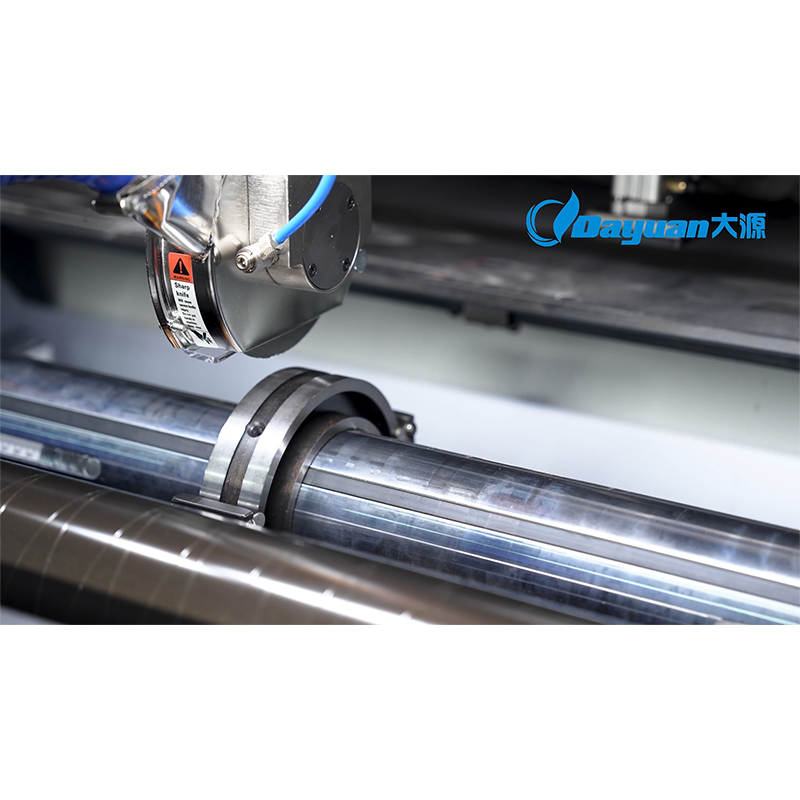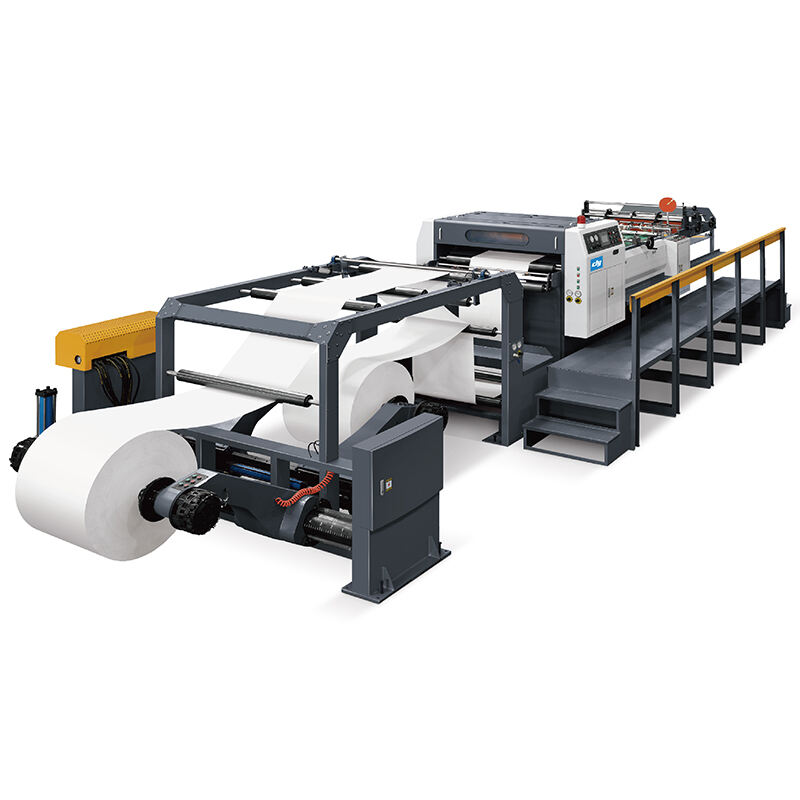Maximizing Industrial Efficiency Through Proper Equipment Care
The backbone of many manufacturing operations lies in the reliable performance of their slitting machine systems. These precision instruments are vital for converting large rolls of material into smaller, more manageable widths, serving industries from paper processing to metal fabrication. Understanding proper maintenance techniques not only extends equipment lifespan but also ensures consistent product quality and minimizes costly downtime.
Modern slitting machine technology has evolved significantly, incorporating advanced features that demand a comprehensive maintenance approach. Whether you're operating a traditional mechanical slitter or a state-of-the-art automatic system, implementing the right maintenance practices is crucial for optimal performance.
Core Components and Maintenance Priorities
Blade System Maintenance
The cutting mechanism represents the heart of any slitting machine, requiring meticulous attention to detail. Regular blade inspection and maintenance are essential for achieving clean, precise cuts. Operators should check blade sharpness daily and look for signs of wear, chips, or uneven edges that could compromise cutting quality.
Professional blade sharpening should be scheduled based on usage patterns and material types processed. For optimal performance, maintain detailed records of blade maintenance history and replacement cycles. This data helps establish predictive maintenance schedules that prevent unexpected failures.
Drive System Care
The drive system ensures smooth and consistent material feeding through the slitting machine. Regular inspection of motors, bearings, and drive belts helps identify potential issues before they escalate into major problems. Listen for unusual noises, check for proper belt tension, and monitor bearing temperatures during operation.
Lubrication plays a crucial role in drive system longevity. Establish a systematic lubrication schedule based on manufacturer recommendations and operating conditions. Use only specified lubricants and document all maintenance activities for future reference.
Advanced Maintenance Strategies
Preventive Maintenance Scheduling
Implementing a comprehensive preventive maintenance program is vital for slitting machine reliability. This includes regular cleaning schedules, component inspections, and systematic replacement of wear parts. Create detailed checklists for daily, weekly, and monthly maintenance tasks to ensure no critical aspects are overlooked.
Digital maintenance management systems can help track schedules, generate work orders, and maintain detailed service records. These tools provide valuable insights into equipment performance trends and help optimize maintenance intervals.
Calibration and Alignment Procedures
Precise calibration ensures accurate cutting widths and minimal material waste. Regular checking and adjustment of slitting machine alignment parameters maintain optimal performance. This includes verifying sensor positions, checking guide rollers, and confirming proper tension control settings.
Documentation of calibration procedures and results helps maintain consistency across different operators and shifts. Consider implementing digital measurement tools for more accurate and efficient calibration processes.

Environmental Considerations and Safety Protocols
Workspace Management
The environment surrounding your slitting machine significantly impacts its performance and maintenance requirements. Maintain clean, dust-free conditions and control temperature and humidity levels within recommended ranges. Proper ventilation helps prevent overheating and reduces the accumulation of debris that could affect machine operation.
Organize tools and spare parts systematically for quick access during maintenance procedures. This organization reduces downtime and ensures maintenance tasks can be completed efficiently and safely.
Safety Measures and Training
Comprehensive safety protocols protect both operators and equipment. Develop detailed safety procedures for maintenance activities, including lockout/tagout procedures and personal protective equipment requirements. Regular training sessions keep staff updated on proper maintenance techniques and safety practices.
Document all safety procedures and maintain training records to ensure compliance with regulatory requirements. Consider implementing a safety certification program for maintenance personnel.
Troubleshooting and Performance Optimization
Common Issues and Solutions
Understanding typical problems helps maintenance teams respond quickly and effectively. Common issues include uneven cutting, material tracking problems, and inconsistent tension control. Develop troubleshooting guides that help identify root causes and provide step-by-step resolution procedures.
Maintain detailed records of problems encountered and solutions implemented. This knowledge base becomes an invaluable resource for training new maintenance personnel and improving overall equipment reliability.
Performance Monitoring
Regular monitoring of key performance indicators helps identify potential issues before they affect production. Track metrics such as cutting accuracy, production speeds, and downtime patterns. Modern slitting machine systems often include built-in monitoring capabilities that can be integrated with plant-wide data collection systems.
Use collected data to optimize maintenance schedules and identify opportunities for performance improvement. Regular analysis of these metrics helps justify maintenance investments and demonstrate their impact on productivity.
Frequently Asked Questions
How often should slitting machine blades be replaced?
Blade replacement frequency depends on factors including material type, production volume, and cutting specifications. Generally, industrial slitting machines require blade replacement every 3-6 months under normal operation. However, daily inspection and monitoring of cut quality help determine the optimal replacement schedule for your specific application.
What are the signs of improper slitting machine maintenance?
Key indicators include uneven or ragged cuts, excessive noise during operation, material tracking problems, and increased power consumption. Regular vibration analysis and performance monitoring help identify maintenance needs before serious problems develop.
How can I extend the life of my slitting machine?
Implement a comprehensive preventive maintenance program, ensure proper operator training, maintain clean operating conditions, and follow manufacturer guidelines for lubrication and adjustment. Regular inspection and timely replacement of wear components significantly extend equipment life and maintain optimal performance.

